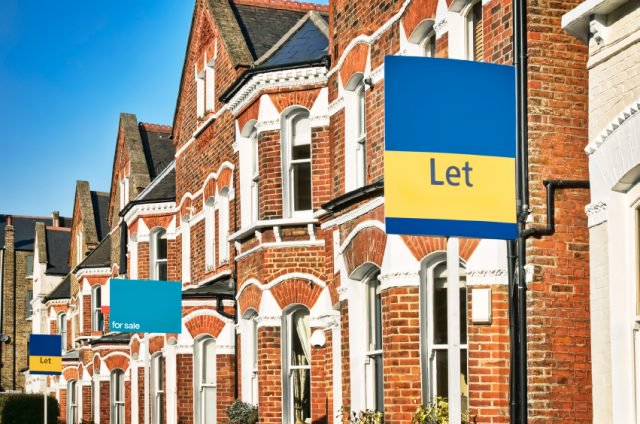Residential landlords’ actions to change in 2 years?
A leading credit ratings agency has given its forecast for the buy-to-let market in the next two years.
Fitch has forecasted that buy-to-let will continue to grow over the next 24 months. However, the prediction also notes that the effects of the stamp duty increases and mortgage tax relief will cause the sector to cool significantly.
Performance
The agency observes that Britain’s buy-to-let performance has been good in financial terms. Arrears of one month or more stood at 2.43% in January, in comparison to 2.35% for prime transactions. In addition, small void periods and the lack of new housing supply is keeping the sector buoyant.
With this said, the agency warns that the increased stamp duty surcharge and forthcoming tax changes will eventually change landlords’ actions and alter the buy-to-let market.

Residential landlords’ actions to change in 2 years?
Changes
A Fitch report to investors observes, ‘industry surveys suggest that existing landlords are less likely to add new properties when the tax changes take effect, and some may look to sell. Our gross new mortgage lending forecasts for UK incorporate the potential for the announced changes to slow the growth in BTL origination.’[1]
‘Over the longer term, government and regulatory intervention will have a larger impact,’[1] the report continues. This is particularly prevalent should a Bank of England proposal to impose stricter checks on mortgage lenders come into force.
‘The proposal does not set limits on loan-to-value, debt to income, or interest coverage rations (but) if these were adopted, this could make BTL less attractive for landlords if rental yields do not rise sufficiently to offset the impact of such affordability rules,’ the report added.[1]
[1] https://www.lettingagenttoday.co.uk/breaking-news/2016/4/warning-that-buy-to-let-tax-changes-will-damage-sector-in-two-years-timer



